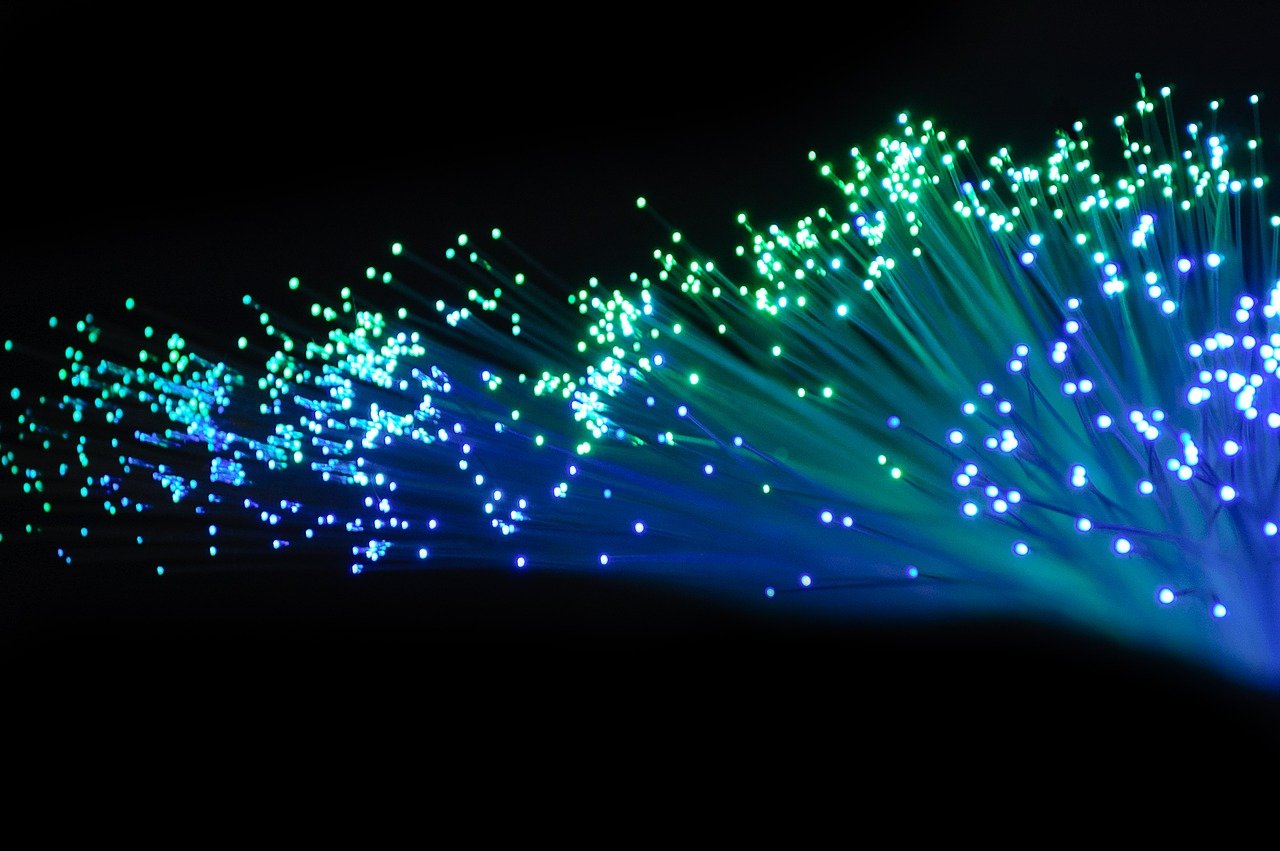A Comprehensive Guide to Fiber Pigtail Connectors: Types, Installation, and Advantages

Understanding Fiber Pigtail Connectors
Types of Fiber Pigtail Connectors
Fiber pigtail connectors are essential components of network installations, providing reliable connections for optical fibers. These connectors play a crucial role in ensuring efficient data transmission and connectivity within fiber optic networks. By securely attaching to the end of a fiber optic cable, fiber pigtail connectors facilitate the seamless integration of optical fibers into network systems. Whether it's for telecommunications, data centers, or industrial applications, fiber optic pigtails are indispensable for establishing robust and stable connections.
Types of Fiber Pigtail Connectors
Single-Mode vs. Multimode Fiber Pigtails
When it comes to fiber pigtail connectors, it's essential to understand the differences between single-mode and multimode fiber pigtails. Single-mode fiber pigtails are designed for long-distance data transmission and are ideal for applications that require high bandwidth. On the other hand, multimode fiber pigtails are more suitable for shorter distances and are commonly used in local area networks (LANs) and other applications where high-speed data transmission over short distances is required.
The advantages of single-mode fiber pigtails include their ability to carry signals over longer distances without loss or interference, making them well-suited for telecommunication networks and internet connections. Multimode fiber pigtails, on the other hand, offer cost-effective solutions for shorter reach applications such as data centers and enterprise networks.
Understanding the distinctions between these two types of fiber pigtail connectors is crucial for selecting the most suitable option based on specific network requirements and usage scenarios.
Installation Procedures
Step-by-Step Installation Guide
When it comes to network installations involving fiber pigtail connectors, it's crucial to follow a step-by-step installation guide to ensure a secure and stable connection. Here's a simplified guide to the installation process:
Proper Handling and Preparation:
Begin by carefully unpacking the fiber pigtail connectors, ensuring that they are not damaged during handling.
Clean the connectors using an appropriate cleaning solution to remove any dust or debris that could affect the connection.
Fiber Stripping and Cleaving:
Strip the protective coating from the end of the optical fiber using precision fiber stripping tools.
Use a fiber cleaver to create a flat surface at the end of the stripped fiber, ensuring a clean and precise cut.
Connector Attachment:
Carefully align the stripped fiber with the connector ferrule and secure it in place using epoxy or mechanical splicing techniques.
Ensure that the connector is securely attached to the optical fiber without any undue stress on the delicate components.
Testing and Verification:
Once installed, perform rigorous testing to verify the integrity and performance of the connection.
Use specialized equipment such as an optical time-domain reflectometer (OTDR) to measure insertion loss and detect any potential issues.
By following this comprehensive installation guide, you can effectively deploy fiber pigtail connectors in various network installations, ensuring reliable connectivity and optimal performance.
Advantages of Fiber Pigtail Connectors
Reliability and Performance
Fiber pigtail connectors offer significant advantages in terms of reliability and performance. These connectors provide a stable and secure connection for optical fibers, ensuring consistent data transmission without signal loss or interference. The robust design of fiber pigtail connectors minimizes the risk of connection failure, making them highly reliable for various network applications.
One of the key advantages of fiber pigtail connectors is their enhanced performance in maintaining signal integrity over long distances. Unlike traditional copper cables, fiber optic connections facilitated by fiber pigtail connectors experience minimal signal loss, resulting in superior data transmission capabilities. This makes them ideal for demanding applications that require high-speed and high-bandwidth data transfer.
In addition to their reliability and performance benefits, fiber pigtail connectors also offer flexibility in network design and scalability. Their compact size and compatibility with different types of optical fibers make them versatile components for diverse network architectures.
The combination of reliability, performance, and flexibility makes fiber pigtail connectors indispensable for ensuring efficient network connectivity and data transmission across various industries.
Significance of Fiber Pigtail Connectors
Importance of Reliable Connectivity
Efficient network connectivity is the backbone of modern communication systems, and fiber pigtail connectors play a pivotal role in ensuring seamless data transmission. These connectors provide a reliable and stable link for fiber optic connectors, enabling the smooth flow of information across various network infrastructures.
Enhanced Data Transmission
The use of fiber pigtail connectors significantly improves data transmission efficiency by minimizing signal loss and interference. This enhanced performance is essential for meeting the increasing demands for high-speed and high-bandwidth connectivity in diverse applications.
Versatility and Scalability
Fiber pigtail connectors offer versatility in network design, allowing for adaptable configurations to meet specific connectivity requirements. Their compatibility with different types of optical fibers enhances scalability, making them suitable for evolving network architectures.
Conclusion
In conclusion, the significance of fiber pigtail connectors lies in their ability to provide reliable connectivity, enhance data transmission, and offer flexibility for diverse network setups. Whether it's for telecommunication networks, data centers, or industrial applications, these connectors are indispensable components that underpin efficient and robust network connectivity.
See Also
Simplify Cable Solutions Using Preconn: A Quick On-Site Termination Manual
Revealing the Benefits of Pullable Pre-Connectorized Cables
Optimizing Setups: FiberHome Flat Drop Cable
The Advantages of Weatherproof FastConnect Fiber Field Assembly Connector
Attaining Superior Performance and Economical Fiber Optic Connectivity


